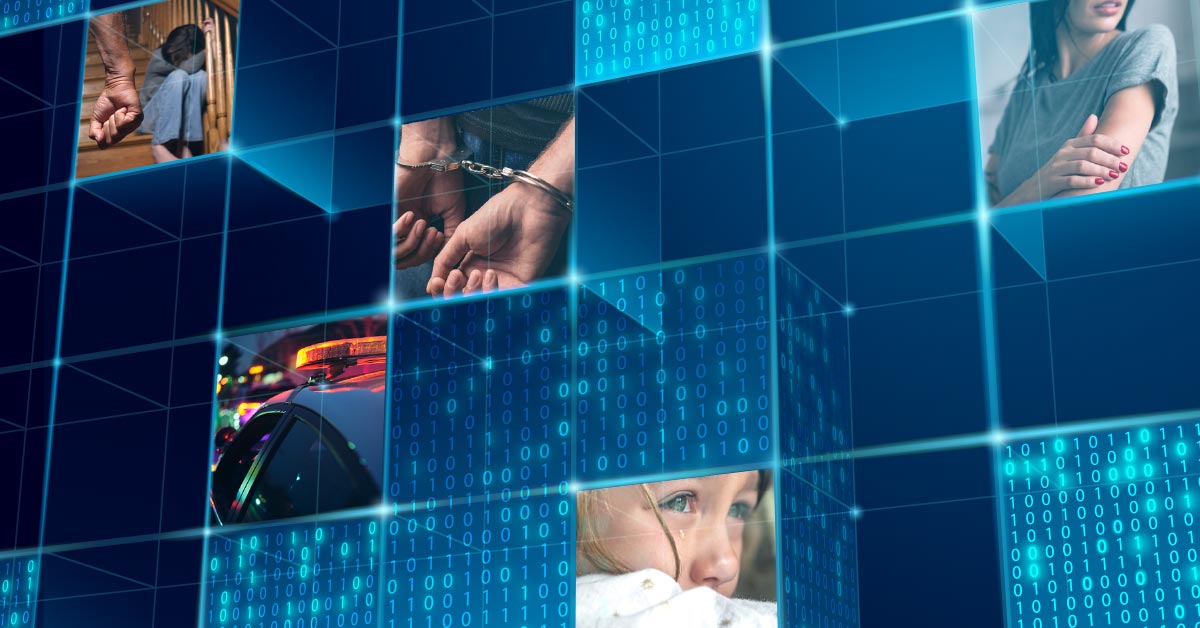Have you been wondering how blockchain technology can facilitate training and allow you to track your team’s progress?
Traditional training methods may not reflect the latest developments and trends in the industry, making it difficult for learners to stay up-to-date with the latest knowledge and skills.
Interoperable learning records (ILRs) on the blockchain allow organizations and employers to track a number of facets of an individual’s learning and professional development with digital records. And the best part — they’re comprehensive, portable, and secure.
Continue reading to discover how blockchain ILRs can streamline training and documentation for your team.
Digital Recordkeeping
Interoperable Learning Records (ILRs) are digital records that capture and store information about an individual’s learning journey and achievements.
They are designed to be accessible, portable, and shareable, allowing learners to take their learning achievements with them as they move between different learning providers and employment opportunities.
The main goal of ILRs is to provide learners with a comprehensive and up-to-date record of their learning and to support the recognition and validation of their skills and knowledge.
ILRs integrate with a learning management system (LMS) to automatically track and record learning achievements, such as course completions, assessments, and other forms of evidence-based learning. ILRs contain information about a
- learner’s competencies
- achievements
- relevant details about their learning journey
- learning provider
- type of learning program
- duration of the learning experience
They are created and managed in a secure, centralized digital platform, which ensures the accuracy and authenticity of the data. ILRs can be accessed by learners, employers, and learning providers, providing them with a comprehensive view of a learner’s skills, knowledge, and learning history.
Overcoming Challenges with ILRs
The use of ILRs can help to overcome many of the challenges associated with traditional learning records, including
- lack of portability
- Incompleteness
- lack of trust
By providing a comprehensive and up-to-date record of learning, ILRs can support the recognition of learning that has taken place outside of formal education and training programs, and help to reduce the barriers to entry for learners seeking to enter the workforce.
Additionally, ILRs can help to reduce the administrative burden on learning providers by streamlining the process of tracking and recording learning achievements, allowing them to focus on delivering high-quality learning experiences.
Blockchain and Its Impact on ILR
Blockchain technology is being increasingly explored as a means of creating interoperable learning records (ILRs) that are secure, transparent, and accessible. The decentralized and tamper-proof nature of blockchain makes it well-suited for storing important educational data and ensuring that it remains accessible and verifiable. By using blockchain, ILRs can be stored in a secure, distributed ledger that is transparent, immutable, and easily accessible by learners, learning providers, and employers.
Privacy and Security
One of the key benefits of using blockchain for ILRs is increased data privacy and security, creating secure, encrypted records that cannot be altered or deleted without the consensus of all parties involved. This eliminates the risk of unauthorized access or tampering, ensuring that the data stored in the ILRs is trustworthy and accurate.
Furthermore, blockchain allows for the creation of secure digital identities for learners, which can be used to control access to their ILRs and ensure that only authorized parties can access the data.
Accessibility and Portability
ILRs stored on a blockchain can be accessed from anywhere with an internet connection, and the learner has control over their own data, allowing them to share their ILRs with potential employers, learning providers, and other relevant parties. This makes it easier for learners to take their learning achievements with them as they move between different learning providers and employment opportunities.
Recognition and Validation
The use of blockchain for ILRs can also help to improve the recognition and validation of learning and skills. By providing a comprehensive, up-to-date, and tamper-proof record of a learner’s learning history, ILRs stored on a blockchain can help to support the recognition of learning that has taken place outside of formal education and training programs. This can help to reduce the administrative burden on learning providers, allowing them to focus on delivering high-quality learning experiences.
Transparency and Accountability
Blockchain technology allows for the creation of transparent, tamper-proof records that can be easily audited and verified. This helps to ensure that learners are receiving high-quality education and training, and that employers are hiring individuals with the skills and knowledge they need to succeed in the workplace.
Integrating ILRs that live on the blockchain into your team’s training has myriad benefits. Blockchain-based ILRs can help to support a more equitable and accessible education and training system, benefiting learners, learning providers, and employers alike.

